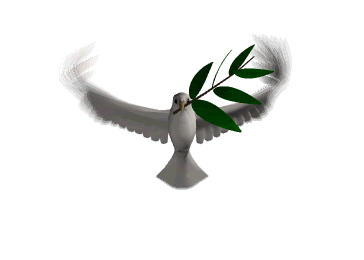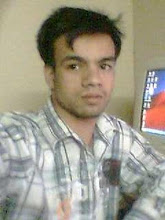If your problem is not able to express your love by mouth Ihave several option, writing love letter is call in this day as very traditional way, but still beloved, girl/boy do fall in love by impressive writing about love.. sajhaphulbari.blogspot.com wanna share you how to write a love letter..
Ten Best Love Letter IdeasGiven below are the top 10 ideas for writing a love letter
One of the most common and the often-used ideas is to write a love letter telling your beloved what you feel for him/her and hand deliver it. Nothing is more beautiful than true feelings. That is why this idea still retains a place amongst the ten best love letter ideas.
Take out an old cassette and pull out the magnetic tape inside it. Now, write your feelings on the entire tape with a golden or silver pen. Let it dry and then roll it inside again. Leave the end of the tape inside and attach a note saying, "Pull Me".
Take as may roses as the number of letters in your beloved's name. Now attach a slip to each of the rose. On each slip, write a sentence beginning with the different letters in the name, expressing your feelings. For Example, the name is Mary. Now on one slip, you can write M - My beloved, I Love You. On another you can write, A - All I can do now is to love you more and more. Like this, you can pick four roses and write four sentences, one with each letter of her name.





































